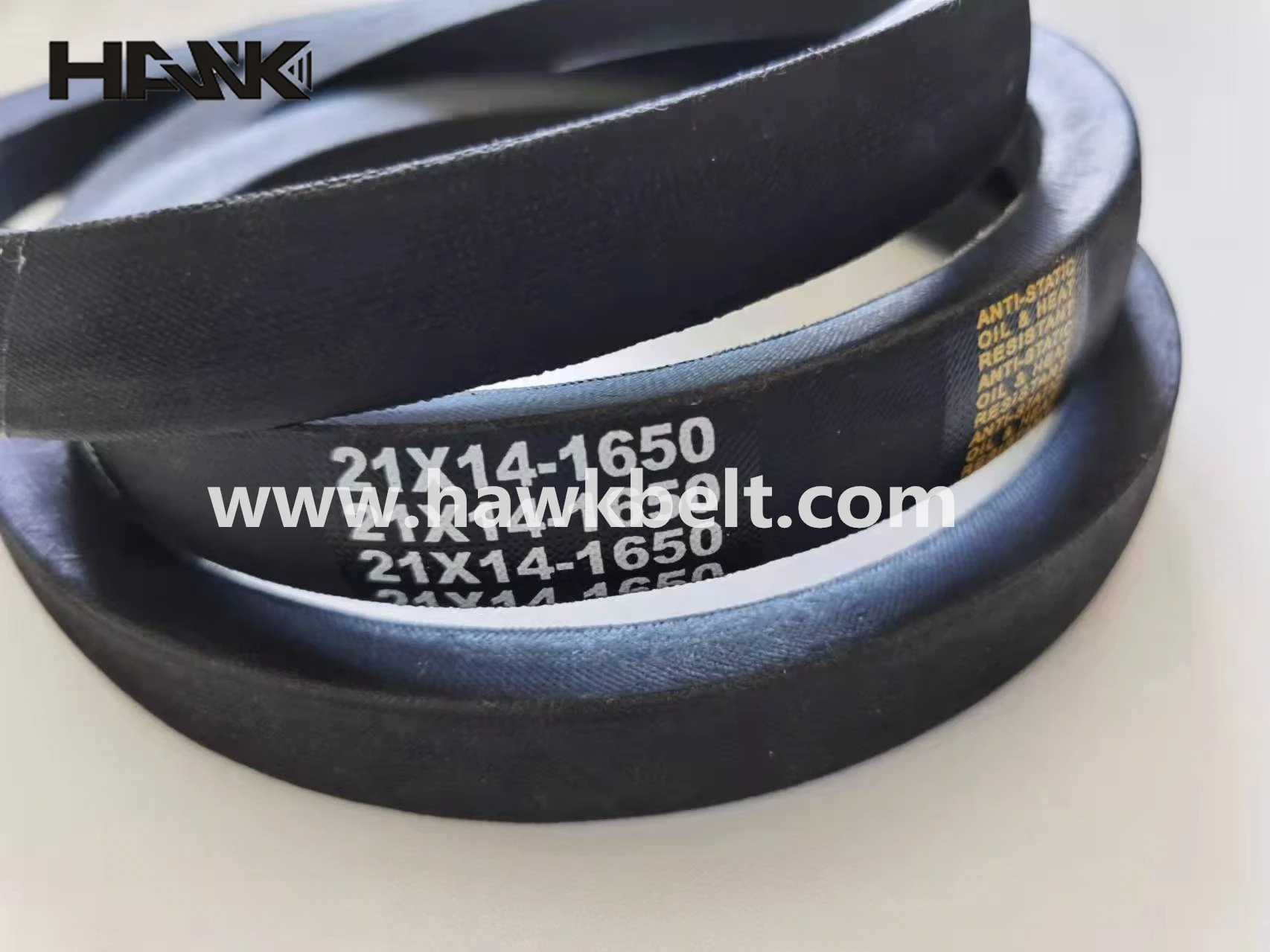- Arabic
- French
- Russian
- Spanish
- Portuguese
- Turkish
- Armenian
- English
- Albanian
- Amharic
- Azerbaijani
- Basque
- Belarusian
- Bengali
- Bosnian
- Bulgarian
- Catalan
- Cebuano
- Corsican
- Croatian
- Czech
- Danish
- Dutch
- Afrikaans
- Esperanto
- Estonian
- Finnish
- Frisian
- Galician
- Georgian
- German
- Greek
- Gujarati
- Haitian Creole
- hausa
- hawaiian
- Hebrew
- Hindi
- Miao
- Hungarian
- Icelandic
- igbo
- Indonesian
- irish
- Italian
- Japanese
- Javanese
- Kannada
- kazakh
- Khmer
- Rwandese
- Korean
- Kurdish
- Kyrgyz
- Lao
- Latin
- Latvian
- Lithuanian
- Luxembourgish
- Macedonian
- Malgashi
- Malay
- Malayalam
- Maltese
- Maori
- Marathi
- Mongolian
- Myanmar
- Nepali
- Norwegian
- Norwegian
- Occitan
- Pashto
- Persian
- Polish
- Punjabi
- Romanian
- Samoan
- Scottish Gaelic
- Serbian
- Sesotho
- Shona
- Sindhi
- Sinhala
- Slovak
- Slovenian
- Somali
- Sundanese
- Swahili
- Swedish
- Tagalog
- Tajik
- Tamil
- Tatar
- Telugu
- Thai
- Turkmen
- Ukrainian
- Urdu
- Uighur
- Uzbek
- Vietnamese
- Welsh
- Bantu
- Yiddish
- Yoruba
- Zulu
Lis . 19, 2024 20:33 Back to list
round drive belts
Understanding Round Drive Belts Essential Components in Mechanical Systems
In the world of mechanical engineering and design, round drive belts play a crucial role in the efficient functioning of various machines and systems. Often seen in applications ranging from consumer appliances to heavy industrial machinery, round drive belts are integral components that facilitate power transmission between rotating shafts. This article delves into the role, types, applications, and advantages of round drive belts.
The Basics of Round Drive Belts
Round drive belts, also known as round belts, are flexible loops made of materials such as rubber, polyurethane, or other synthetic materials. Unlike flat or V-belts, round belts feature a circular cross-section, offering specific benefits in certain applications. One of the main advantages of round belts is their ability to stretch and retract, which allows for effective power transfer even in less-than-ideal conditions.
The design of round belts enables them to wrap around pulleys with tight tolerances. This characteristic is particularly valuable in systems that require a secure grip and precise alignment between the belt and the pulleys. The surface of round belts can be smooth or textured, depending on the intended application and the required friction between the belt and the pulleys.
Types of Round Drive Belts
Round drive belts come in various designs and materials to suit different applications. The most common types include
1. Rubber Round Belts These are widely used due to their elasticity, strength, and resistance to wear. Rubber round belts can handle moderate temperatures and provide good grip on smooth surfaces.
2. Polyurethane Round Belts Known for their durability and chemical resistance, polyurethane round belts are ideal for applications exposed to harsh environments. They maintain their shape and flexibility over extended periods, making them suitable for continuous operation.
3. Cotton or Fabric Round Belts These belts are often used in low-load applications where flexibility is crucial. They are typically less durable than rubber or polyurethane options but are effective for specific, lightweight tasks.
Applications of Round Drive Belts
Round drive belts are found in a variety of machines across several industries. Common applications include
round drive belts

- Consumer Electronics Devices such as printers and sewing machines utilize round drive belts for smooth operation and precise movement of components.
- Automated Manufacturing In conveyor systems and automated assembly lines, round belts have become essential for transporting items efficiently without slippage.
- Agricultural Equipment Many agricultural machines use round belts to transfer power between rotating components, ensuring optimal performance while working in challenging environments.
- Textile Machinery In textile production, round belts help drive various machines, from spinning to weaving, facilitating the creation of fabrics.
Advantages of Round Drive Belts
Round drive belts offer several benefits that enhance their desirability in numerous applications
- Flexibility Their circular design allows for superior flexibility, making them suitable for systems with small pulley diameters or uneven surfaces.
- Low Noise Operation Round belts generally operate more quietly than other belt types, reducing noise pollution in environments such as offices or homes.
- Ease of Installation and Maintenance These belts are relatively easy to install, and their lightweight design simplifies maintenance and replacement procedures.
- Efficiency in Power Transmission Round belts are capable of transmitting power effectively, minimizing energy loss while maximizing performance.
In conclusion, round drive belts are an indispensable component in a range of mechanical systems, contributing to efficiency, reliability, and flexibility. Whether in industrial settings or household appliances, their design and functionality ensure that they remain a preferred choice for power transmission. Understanding their characteristics and applications can help engineers and manufacturers optimize their use, leading to more efficient and reliable machinery.
-
Korean Auto Parts Timing Belt 24312-37500 For Hyundai/Kia
NewsMar.07,2025
-
7PK2300 90916-T2024 RIBBED BELT POLY V BELT PK BELT
NewsMar.07,2025
-
Chinese Auto Belt Factory 310-2M-22 For BMW/Mercedes-Benz
NewsMar.07,2025
-
Chinese Auto Belt Factory 310-2M-22 For BMW/Mercedes-Benz
NewsMar.07,2025
-
90916-02660 PK Belt 6PK1680 For Toyota
NewsMar.07,2025
-
drive belt serpentine belt
NewsMar.07,2025

